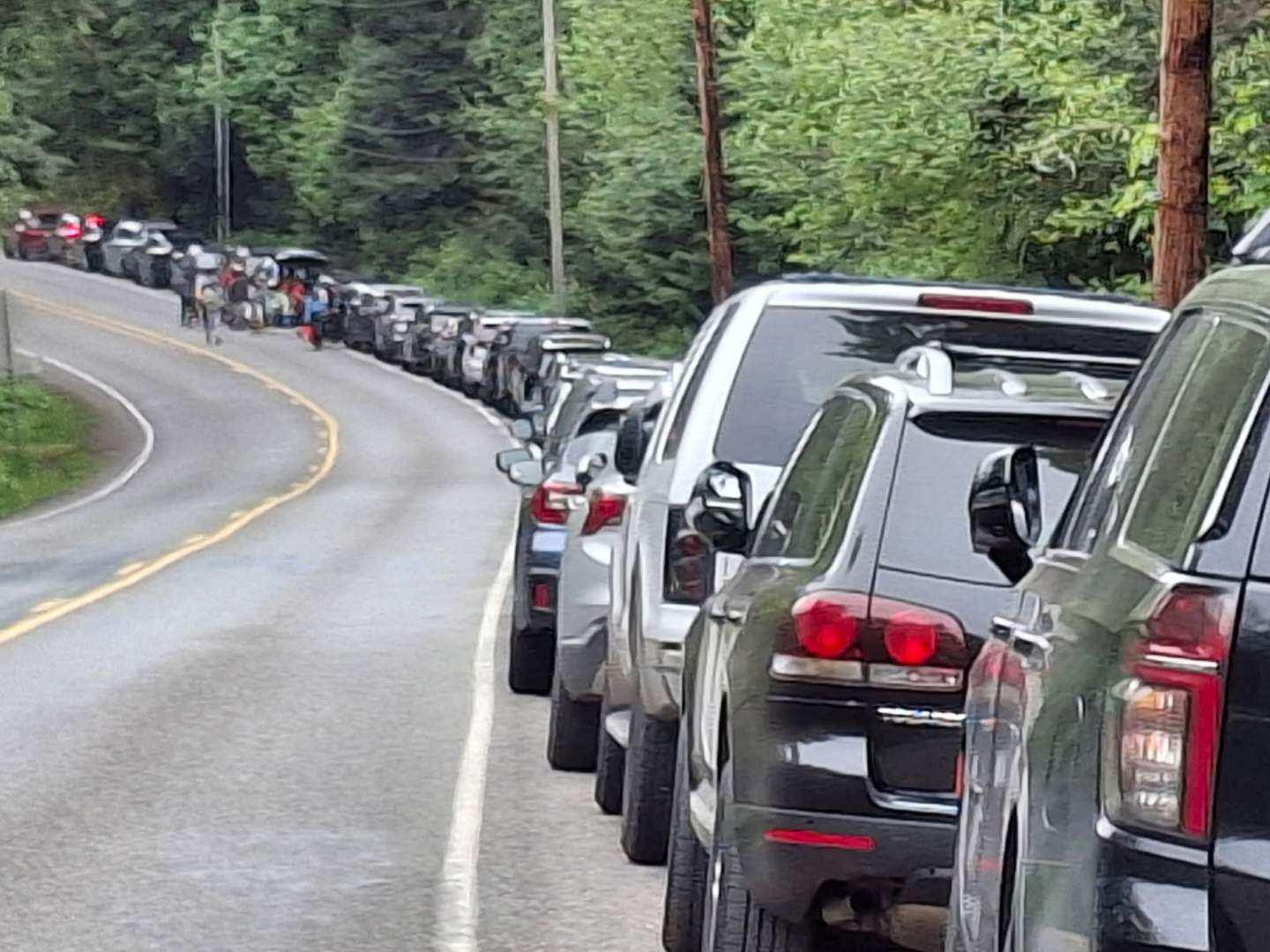Photos
Click to display full size or right-click to save to your device.
News release May 2, 2025
Media contact: communications@dfw.wa.gov
Refer to WDFW's 2025 clam, mussel, and oyster news release for details on this year's seasons.
OLYMPIA — Two popular shellfishing beaches on northern Hood Canal — Shine Tidelands State Park and Wolfe Property State Park — will close for clam, mussel, and oyster gathering this Saturday, May 3, due to unexpectedly high harvest pressure and poor compliance with shellfishing regulations, the Washington Department of Fish and Wildlife (WDFW) announced today.
WDFW issued the closure through an emergency Fishing Rule Change available online and posted it on the shellfish beach webpages for Shine Tidelands State Park and Wolfe Property State Park. The Department will also post notices at beach access areas.
Both public beaches opened for recreational clam, mussel, and oyster harvest Jan. 1 and were previously scheduled to remain open through May 15. The last day for clam, mussel, and oyster harvest at these beaches this season will be Friday, May 2.
WDFW biologists and Fish and Wildlife Police repeatedly observed hundreds of shellfish gatherers at these beaches during recent low tides, many of them apparently directed to the area by social media groups. This unexpected high level of harvest effort raised conservation concerns about impacts to shellfish populations and the sustainability of future opportunities.
Additionally, WDFW staff observed many clam gatherers exceeding daily limits and not filling in the holes left by their digging. Shellfish harvesters are required to refill clam dig holes, which prevents smothering (and wasting) nearby shellfish under sand piles. Unsafe or illegal parking and misidentification of clam species were also reported as concerns.
"We encourage recreational shellfish gatherers to visit less popular public beaches that remain open to spread out increasing harvest pressure during the spring season, especially for clams," said Camille Speck, WDFW's Puget Sound intertidal bivalve manager.
A tool to find shellfishing beaches is available at: wdfw.wa.gov/places-to-go/shellfish-beaches.
WDFW also reminds harvesters of the responsibility to review statewide shellfish and seaweed rules and bivalve shellfish identification guides (PDF) prior to heading out to gather clams, mussels, or oysters. Different shellfish species often have different daily limits or biotoxin advisories, and shellfishers must be familiar with the rules and able to distinguish clam species before they begin digging.
Daily limits and other rules are designed to sustain shellfish resources and harvest opportunity on public beaches year after year. Continued crowding and regulatory compliance issues may affect future harvest opportunities.
Shellfishers must also follow all local regulations, including avoiding parking in ways that obstruct public roadways or limit access for emergency responders.
A valid shellfish/seaweed license or combination fishing license is required to harvest shellfish from public beaches in Washington. Each recreational shellfish harvester must use a separate container and must be actively participating in shellfish gathering. Digging equipment may be shared. Refer to the WDFW website for detailed regulations.
In Washington, private tidelands owners may have their own shellfishing rules for their property. Treaty tribes also reserve rights to harvest shellfish on most tidelands and beaches. More information is available on the Northwest Indian Fisheries Commission website.
Before shellfishing on public or private beaches, review the Washington State Department of Health (DOH) shellfish safety map for biotoxin-related closures and other advisories. WDFW works closely with DOH to ensure safe, legal harvest of shellfish on state beaches.
The Washington Department of Fish and Wildlife works to preserve, protect and perpetuate fish, wildlife and ecosystems while providing sustainable fish and wildlife recreational and commercial opportunities.
